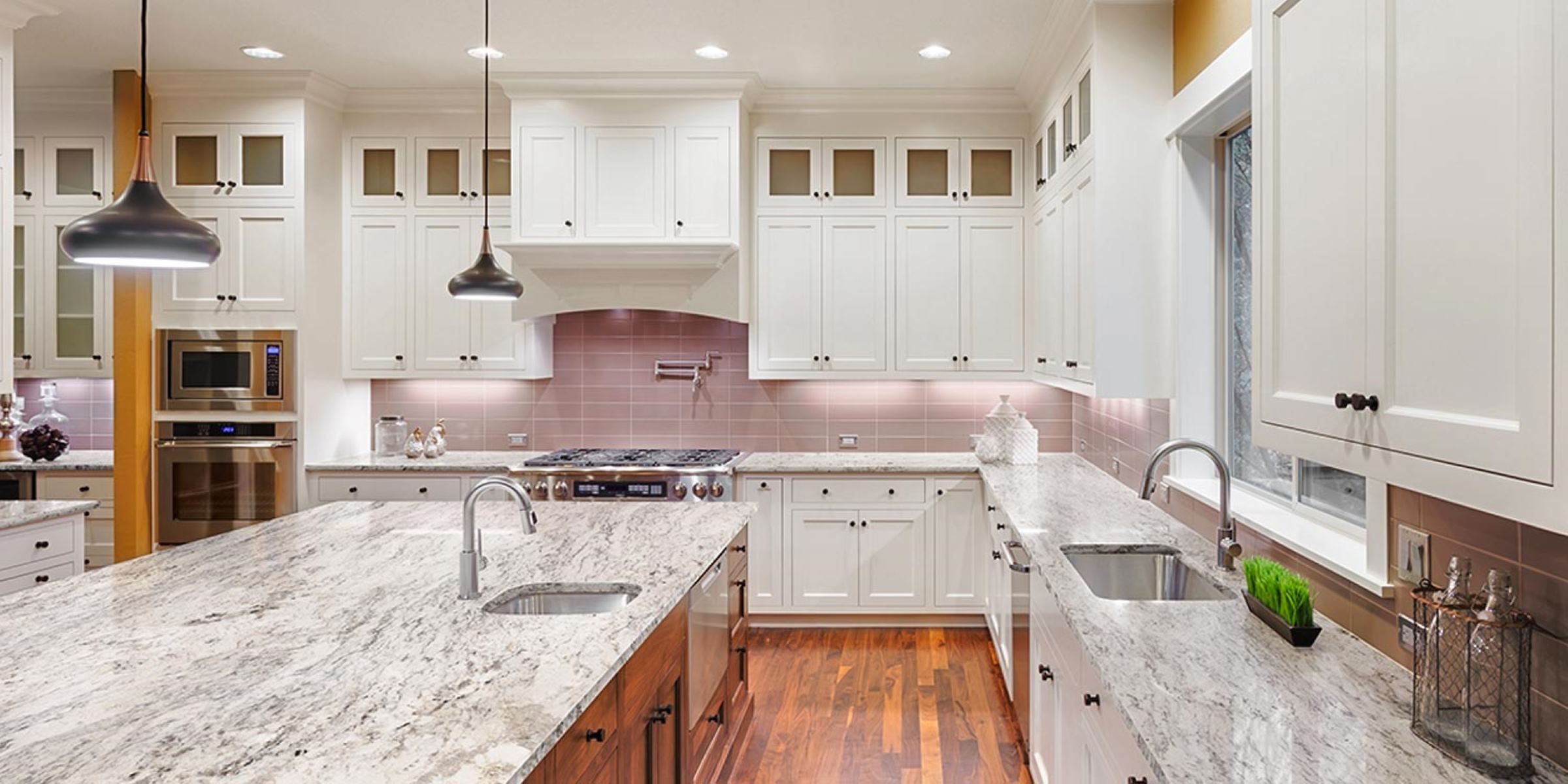

Articles
How To Choose Granite Countertops
Modified: December 13, 2023
Looking for articles on how to choose granite countertops? Find expert tips and advice to make an informed decision for your kitchen remodel.
(Many of the links in this article redirect to a specific reviewed product. Your purchase of these products through affiliate links helps to generate commission for Storables.com, at no extra cost. Learn more)
Introduction
When it comes to choosing countertops for your kitchen or bathroom, granite is a popular and enduring choice. Renowned for its beauty, durability, and versatility, granite countertops can enhance the aesthetic appeal and functionality of any space. However, with a vast array of colors, patterns, and finishes available, selecting the perfect granite countertops can be quite overwhelming.
In this article, we will guide you through the process of choosing granite countertops by highlighting the key factors to consider. From budget constraints to color preferences, from maintenance requirements to the source and supplier, we will provide you with valuable insights to ensure that you make an informed decision and find the ideal granite countertops for your needs.
Key Takeaways:
- When choosing granite countertops, consider your budget, color and pattern preferences, and the level of maintenance and durability needed. Consulting with a reputable supplier can help you find the perfect balance between quality and affordability.
- The thickness, edge profile, and source of your granite countertops are crucial factors to consider. Carefully evaluating these elements will ensure that you achieve the desired aesthetic, functionality, and long-term value for your home.
Read more: How To Choose Backsplash With Granite
Factors to Consider
When selecting granite countertops, there are several important factors that you should take into account to ensure that you choose the right option for your space. Let’s explore each factor in detail:
Budget
Before embarking on any home improvement project, it’s essential to establish a budget. Granite countertops come in a wide range of prices, so it’s important to determine how much you’re willing to spend. Keep in mind that higher-quality and rarer granite varieties tend to be more expensive. By setting a budget, you can narrow down your options and focus on the granite that fits within your price range.
Color and Pattern
Granite countertops come in a myriad of colors and intricate patterns. It’s important to consider the overall color scheme and style of your kitchen or bathroom when selecting granite. If you’re looking for a neutral and timeless look, opt for shades of white, gray, or beige. For a bold and dramatic statement, you can choose granite with vibrant hues like red, blue, or black. Additionally, consider the pattern of the granite, whether it’s veined, speckled, or uniform, as it can greatly impact the overall aesthetics of the space.
Finish
The finish of the granite countertop can significantly affect its appearance. Common finishes include polished, honed, and leathered. Polished granite has a glossy and reflective surface, while honed granite has a matte finish. Leathered granite offers a unique textured look. Consider the style you want to achieve and the level of maintenance required for each finish before making a decision.
Read more: How Are Granite Countertops Made
Durability
One of the key advantages of granite countertops is their exceptional durability. Granite is a natural stone that can withstand heat, scratches, and stains. However, some granite varieties are denser and more resistant to damage than others. If you anticipate heavy use of your countertops or have young children who may accidentally cause damage, opt for harder and more durable granite varieties.
Maintenance
While granite is known for its durability, it does require regular maintenance to keep it in optimal condition. Some granite varieties are more porous than others, making them more prone to staining or requiring sealing. Consider the level of maintenance you are willing to commit to, as well as the type of cleaning products and techniques that are recommended for the specific granite variety you choose.
Budget
Setting a budget is an essential first step in the process of choosing granite countertops. Granite comes in a wide range of prices, depending on factors such as quality, rarity, and source. By establishing a budget, you can narrow down your options and focus on the granite that falls within your price range.
When determining your budget, it’s important to consider the size of your project and the amount of countertop space you need to cover. Take accurate measurements and calculate the square footage to get an idea of the quantity of granite required. This will help you estimate the cost more accurately.
It’s worth noting that different granite varieties have varying price ranges. Exotic or rare colors, patterns, and finishes are often more expensive than common options. Additionally, the thickness of the slab can affect the price, with thicker slabs generally costing more.
If you have a limited budget, there are ways to find more affordable options. Consider visiting local stone yards or suppliers to explore remnants or granite pieces on sale. These might be leftovers from larger projects or discontinued colors, offering a cost-effective solution without compromising quality.
Alternatively, you can consider prefabricated granite countertops. These are pre-cut and pre-finished granite slabs that come in standard sizes, making them more affordable compared to custom-cut options. While they may have limited color and pattern options, they can still provide a beautiful and durable countertop solution.
Remember that while it’s important to set a budget, it’s equally important to prioritize quality and durability. Granite countertops are a long-term investment, and opting for lower-quality or substandard granite to cut costs may result in future expenses for repairs or replacements.
Ultimately, striking a balance between your budget and your desired quality is essential. Consider consulting with a reputable stone supplier or contractor who can guide you in selecting options that meet your budget requirements while ensuring you get the best value for your investment.
Color and Pattern
Color and pattern are important considerations when choosing granite countertops, as they play a significant role in defining the overall aesthetic of your space. With a diverse range of colors and patterns available, you have the opportunity to create a unique look that complements your style and existing decor.
When selecting the color of your granite countertops, consider the overall color scheme and ambiance you want to achieve in your kitchen or bathroom. If you prefer a classic and timeless look, neutral colors such as white, beige, or gray can create a versatile backdrop that works well with a variety of design styles. These colors can also make smaller spaces appear larger and more open.
On the other hand, if you want to make a bold statement and add visual interest, you can opt for vibrant and rich colors like red, blue, or black. These colors can serve as focal points in an otherwise neutral or monochromatic space. Keep in mind that darker colors may show fingerprints and smudges more easily, requiring more frequent cleaning.
In addition to color, the pattern of the granite is another important consideration. Granite can have various patterns, including veined, speckled, or uniform. Veined patterns mimic the look of natural stone, with veins and swirls running through the slab. Speckled patterns feature scattered flecks of different colors throughout the countertop, adding texture and visual interest. Uniform patterns have a consistent and even appearance, offering a more subtle and contemporary look.
When choosing the pattern, consider how it will interact with other elements in your space, such as backsplash tiles, cabinetry, and flooring. It’s important to create a harmonious and cohesive design by either matching or complementing the colors and patterns of these elements.
It’s worth mentioning that granite is a natural material, and variations in color and pattern are inherent characteristics. This means that no two granite slabs are identical, even if they are from the same color family. This unique feature adds to the beauty and individuality of granite countertops.
To get a better sense of how different colors and patterns will look in your space, it’s recommended to visit a stone yard or showroom. Many suppliers have large samples or full slabs on display, allowing you to visualize how the granite will appear in various lighting conditions.
Ultimately, choosing the right color and pattern is a personal preference. Consider your style, the overall design of your space, and the atmosphere you want to create when making your selection. By doing so, you can find granite countertops that enhance the beauty and uniqueness of your home.
Read more: How To Install Granite Countertops
Finish
The finish of your granite countertops can greatly impact their appearance and overall aesthetic in your kitchen or bathroom. There are different finishes available, each offering a unique look and feel. Understanding the various options will help you select a finish that aligns with your style preferences and maintenance requirements.
Polished Finish
A polished finish is the most common and popular choice for granite countertops. This finish involves grinding the surface of the granite with fine abrasives until it becomes smooth and glossy. Polished granite has a reflective surface that enhances the natural colors and patterns of the stone. This finish also provides a luxurious and sophisticated look, making it an excellent choice for traditional, modern, and contemporary designs. Additionally, a polished finish is relatively easy to clean and requires minimal maintenance.
Honed Finish
If you prefer a matte or non-reflective appearance, a honed finish may be more suitable for your granite countertops. The honing process involves grinding the surface with coarse abrasives to achieve a smooth, satin-like finish. This finish gives the granite a softer and more subtle look, making it a popular choice for kitchens and bathrooms with a more rustic, farmhouse, or industrial style. However, it’s important to note that a honed finish may be more susceptible to staining and requires regular sealing to maintain its appearance.
Leathered Finish
A leathered finish is a textured option that provides a unique and tactile feel to your granite countertops. This finish involves brushing the surface with diamond-tipped brushes to create a textured, leather-like appearance. Leathered granite has a slightly rougher texture compared to polished or honed finishes, adding depth and visual interest to the stone. The unique texture of a leathered finish also helps to hide smudges, water spots, and fingerprints, making it a suitable choice for high-traffic areas and households with children or pets. It’s important to note that a leathered finish may require more regular cleaning and maintenance to keep the textured surface looking its best.
When choosing the finish for your granite countertops, consider the overall style and design of your space. A polished finish offers a classic and elegant look, while a honed or leathered finish adds a touch of texture and character. Additionally, think about the level of maintenance you are willing to commit to. Polished granite is relatively low maintenance, while a honed or leathered finish may require more attention to retain its appearance.
Ultimately, the choice of finish will depend on your personal preferences and the overall look you want to achieve. Consider consulting with a stone supplier or contractor who can provide samples and guidance to help you make an informed decision.
Read more: How Durable Is Granite Countertops
Durability
When investing in granite countertops, durability is a crucial factor to consider. Granite is well-known for its exceptional durability, making it a popular choice for high-traffic areas like kitchens and bathrooms. Understanding the durability of granite will help you choose the right option that can withstand the demands of daily use and last for years to come.
Granite is a natural stone formed by the cooling and solidification of magma deep within the Earth’s crust. It is composed mainly of quartz and feldspar, two minerals that contribute to its strength and durability. This natural composition gives granite its ability to withstand heat, scratches, and impact.
However, it’s important to note that not all granite varieties have the same level of durability. The density and mineral composition of the stone can vary, affecting its strength. Granites with a higher percentage of quartz tend to be harder and more resistant to damage than those with a higher percentage of feldspar.
When choosing granite countertops, consider factors such as the amount of regular use and the level of impact they are likely to endure. If you have a busy household with young children or regularly engage in activities that involve heavy objects, it is wise to select a more durable granite variety to minimize the risk of scratches, chips, or cracks.
Additionally, the thickness of the granite slab can also affect its durability. Thicker slabs are generally more resistant to damage than thinner ones. However, keep in mind that thicker slabs can be more expensive and may require additional structural support.
If you have specific durability concerns, it’s recommended to consult with a stone supplier or contractor. They can guide you towards granite options that are known for their exceptional durability and provide insights on the best practices for maintaining the longevity of your countertops.
It’s important to note that while granite is highly durable, it is not completely impervious to damage. To protect your granite countertops, it’s advisable to use cutting boards or trivets for hot objects and to avoid dropping heavy or sharp items directly on the surface. Regular cleaning and sealing will also help prevent stains and maintain the granite’s durability.
By taking durability into consideration, you can choose granite countertops that are resistant to everyday wear and tear and ensure that your investment lasts for many years to come.
Maintenance
Maintenance is an important factor to consider when selecting granite countertops. While granite is a durable and resilient material, proper care and maintenance will ensure that your countertops remain in optimal condition for years to come. Understanding the maintenance requirements of granite will help you make an informed decision and take the necessary steps to keep your countertops looking beautiful.
One of the key maintenance considerations for granite countertops is sealing. Granite is a porous material, which means it can absorb liquids if left unsealed. Sealing creates a protective barrier that prevents liquids from seeping into the stone and causing stains. It’s important to seal your granite countertops regularly to maintain their resistance to staining. The frequency of sealing depends on the specific type of granite and the level of use, but it is generally recommended to reseal every 1 to 3 years.
In addition to sealing, regular cleaning is essential to preserve the beauty of your granite countertops. It’s recommended to use a mild detergent or stone-specific cleaner to remove dirt, grime, and spills. Avoid using abrasive cleaners or scouring pads that can scratch the surface of the granite. Instead, use a soft cloth or sponge for gentle cleaning. Wipe up spills as soon as possible to prevent staining.
Another consideration in granite countertop maintenance is avoiding exposure to extreme heat. While granite is heat-resistant, sudden temperature changes or prolonged exposure to high heat can cause thermal shock and potentially lead to cracks or damage. It’s advisable to use trivets or hot pads for placing hot pots, pans, or other heated objects on the countertops.
Regular inspection is also an important aspect of granite countertop maintenance. Check for any signs of cracks, chips, or damage and address them promptly to prevent further issues. If you notice any stains that are difficult to remove or damage that requires professional attention, it’s recommended to consult with a stone specialist or professional contractor.
Lastly, it’s important to follow the manufacturer’s recommendations and guidelines for the specific type of granite you have chosen. Different granite varieties may have slight variations in maintenance requirements, so it’s essential to familiarize yourself with any specific care instructions provided by the supplier.
By following these maintenance practices, you can ensure the longevity and beauty of your granite countertops. Regular sealing, gentle cleaning, and proactive care will help keep your countertops looking their best and maintain their value over time.
Thickness
The thickness of granite countertops is an important consideration that can impact both the aesthetics and functionality of your space. Granite countertops are available in various thickness options, and selecting the right thickness is crucial to meet your specific needs and preferences.
When it comes to granite thickness, the most common options are 2cm (3/4 inch) and 3cm (1 1/4 inch). These measurements refer to the thickness of the slab material. Each thickness option has its own advantages and considerations, so it’s important to evaluate your requirements before making a decision.
2cm (3/4 inch) Thickness
2cm thick granite countertops are lighter and more affordable compared to their thicker counterparts. This thickness is commonly used for countertop overlays, where the granite is applied over an existing surface. It is also suitable for bathroom vanities and light-use kitchens. However, it’s important to note that 2cm thick granite may require additional support and reinforcement to prevent any potential cracking or damage. Moreover, the edge profile options for 2cm granite may be somewhat limited compared to thicker slabs.
Read more: How To Repurpose Granite Countertops
3cm (1 1/4 inch) Thickness
3cm thick granite countertops are the standard thickness for most kitchen countertops. They provide a solid and substantial feel that exudes luxury and longevity. 3cm granite slabs are more durable and less prone to cracking or damage. They offer more edge profile options, allowing you to customize the look of your countertops to suit your design preferences. However, it’s worth noting that 3cm granite countertops are heavier, which may require additional support from the cabinetry or base structure.
When choosing the thickness, consider the overall design aesthetic you want to achieve, the level of durability required, and the budget constraints. Thicker granite countertops tend to be more expensive due to the additional material and weight. However, they offer a more substantial and high-end appearance. Thinner slabs can be a cost-effective option for non-weight-bearing surfaces or budget-conscious projects.
It’s important to consult with a stone supplier or contractor who can assess your specific needs and advise you on the ideal thickness for your granite countertops. They can provide insights into the weight-bearing capacity of your cabinets and support structures and ensure that the chosen thickness aligns with the design goals and functional requirements of your space.
By carefully considering the thickness of your granite countertops, you can find the perfect balance between aesthetics, functionality, and budget, resulting in a beautiful and durable countertop solution.
Edge Profile
The edge profile of your granite countertops may seem like a small detail, but it can make a significant impact on the overall look and style of your kitchen or bathroom. The edge profile refers to the shape and design of the edge of the granite slab. There are various edge profile options available, each offering a unique aesthetic and level of complexity.
Here are some common edge profiles to consider:
Straight Edge
A straight edge profile is a clean and simple design that features a straight, squared-off edge. This minimalistic look is versatile and can complement a variety of design styles, from modern to traditional. The straight edge profile allows the natural beauty of the granite to take center stage without any intricate detailing.
Beveled Edge
A beveled edge profile consists of a straight edge with a subtle 45-degree angle, creating a chamfered appearance. This profile adds dimension and visual interest to the edge of the countertop. The beveled edge is a classic choice that works well in both contemporary and traditional settings, providing a touch of elegance and sophistication.
Read more: What Are Granite Countertops
Bullnose Edge
The bullnose edge profile features a smoothly rounded edge, creating a soft and gentle curve. This timeless profile is a popular choice for its classic and elegant look. The bullnose edge provides a seamless transition between the top surface of the countertop and the edge, making it a safe and family-friendly option that is easy to clean.
Ogee Edge
An ogee edge profile adds a touch of ornate detailing to the edge of the countertop. It features an “S” shape curve, with a concave section transitioning into a convex section. This profile is perfect for adding a decorative element to traditional or luxurious designs. The ogee edge profile creates an eye-catching focal point and adds a sense of refinement to the granite countertops.
Demi-Bullnose Edge
A demi-bullnose edge profile is similar to the bullnose, but with a more subtle curve. It has a rounded top edge that flows smoothly into a flat bottom edge. This profile strikes a balance between the clean lines of a straight edge and the softness of a bullnose. It is a popular choice for those seeking a classic and versatile edge profile.
Ultimately, the choice of edge profile depends on your personal preference and the overall design style you want to achieve. Consider the other elements in your space, such as cabinetry, backsplash, and flooring, and how the chosen edge profile will complement or contrast with them.
Consulting with a stone supplier or contractor can be helpful in selecting the right edge profile. They can provide you with samples and visual references to help you envision how each profile will look with your chosen granite variety. Additionally, they can offer recommendations based on the design aesthetic you desire and the practicality of each edge profile.
By carefully considering the edge profile of your granite countertops, you can add a touch of elegance, character, and personalization that enhances the overall beauty of your space.
Source and Supplier
Choosing the right source and supplier for your granite countertops is extremely important to ensure the quality of the materials and the overall success of your project. Here are some key factors to consider when selecting the source and supplier:
Read more: How To Restore Granite Countertops
Reputation and Experience
Look for a source and supplier with a solid reputation and extensive experience in the industry. Read online reviews, ask for referrals from friends or family, and research the company’s track record. A reputable source and supplier will have a history of delivering high-quality products and excellent customer service.
Quality of Materials
Verify that the source and supplier offer high-quality granite materials. Inquire about the sourcing process and ensure that they use reputable quarries and suppliers. The quality and origin of the granite can affect its durability, appearance, and overall performance. Ask for samples or visit their showroom to evaluate the quality of the granite firsthand.
Variety and Selection
Choose a source and supplier that offers a wide variety of granite options in terms of colors, patterns, finishes, and thicknesses. A diverse selection ensures that you can find the perfect granite to match your style and design preferences. A reputable supplier will have a large inventory to choose from and can provide guidance on the best options for your specific project.
Customer Service
Consider the level of customer service provided by the source and supplier. Opt for a supplier that is responsive, attentive, and willing to answer any questions or concerns you may have. They should be knowledgeable about their products and able to provide expert advice on selecting the right granite countertops for your needs.
Read more: How To Dispose Of Granite Countertops
Installation Services
Inquire whether the source and supplier offer professional installation services. Proper installation is crucial to ensure the longevity and functionality of your countertops. If the supplier provides installation, check the qualifications and experience of their installation team. If they don’t offer installation, ask if they can recommend trusted contractors or provide guidance on finding dependable installers in your area.
Warranty and After-Sales Support
Find out what type of warranty or guarantee the source and supplier provide. A solid warranty demonstrates their confidence in the quality and durability of their products. Additionally, inquire about their after-sales support, such as assistance with maintenance, repairs, or replacements, should any issues arise after the installation.
Remember to obtain multiple quotes and compare prices from different sources and suppliers. While cost is an important consideration, it should not be the sole determinant. Quality, reputation, and customer service should also factor into your decision-making process.
By selecting a reputable and reliable source and supplier for your granite countertops, you can ensure that you receive high-quality materials, expert guidance, and a seamless installation process. This will contribute to the long-term beauty, functionality, and value of your granite countertops.
Conclusion
Choosing the perfect granite countertops for your kitchen or bathroom is an important decision that can greatly enhance the aesthetic appeal and functionality of your space. By considering the various factors discussed in this article, you can make an informed decision that meets your budget, style preferences, and maintenance requirements.
First and foremost, establishing a budget is essential. Determine how much you are willing to spend and explore different options within your price range. Consider factors such as color, pattern, and finish to find a granite that complements your existing decor and creates the desired ambiance in your space.
When it comes to durability, granite is known for its strength and resilience. However, be sure to choose a granite variety that suits your lifestyle and level of use to minimize the risk of damage or cracking. Regular maintenance, including sealing and proper cleaning techniques, will help preserve the beauty and longevity of your granite countertops.
Other factors to consider include the thickness of the granite slab and the edge profile, both of which can impact the overall look and feel of your countertops. Select the thickness that aligns with your needs and aesthetic preferences, and choose the edge profile that adds the perfect finishing touch to your granite countertops.
Finally, choosing a reputable source and supplier is crucial for obtaining high-quality materials and ensuring a successful installation. Look for suppliers with a strong reputation, a wide variety of granite options, and excellent customer service. Consider their experience, warranty offerings, and after-sales support to ensure a positive experience from start to finish.
In conclusion, selecting granite countertops involves careful consideration of budget, color and pattern, finish, durability, maintenance, thickness, edge profile, and source and supplier. By factoring in these elements and seeking expert advice where needed, you can find the perfect granite countertops that not only meet your practical needs but also elevate the overall design and ambiance of your space. Enjoy the timeless beauty and durability that granite countertops bring to your home for years to come.
Frequently Asked Questions about How To Choose Granite Countertops
Was this page helpful?
At Storables.com, we guarantee accurate and reliable information. Our content, validated by Expert Board Contributors, is crafted following stringent Editorial Policies. We're committed to providing you with well-researched, expert-backed insights for all your informational needs.
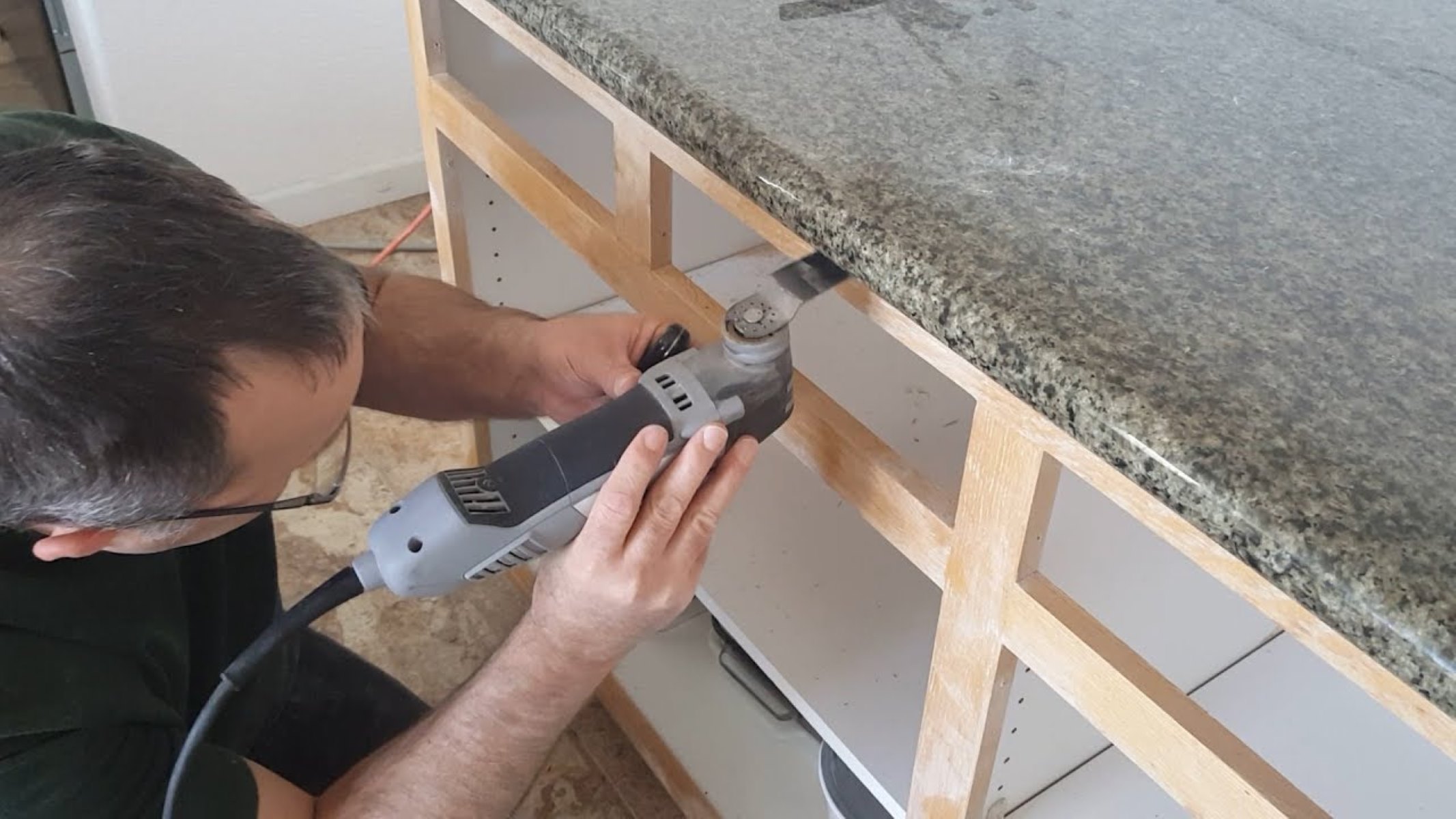


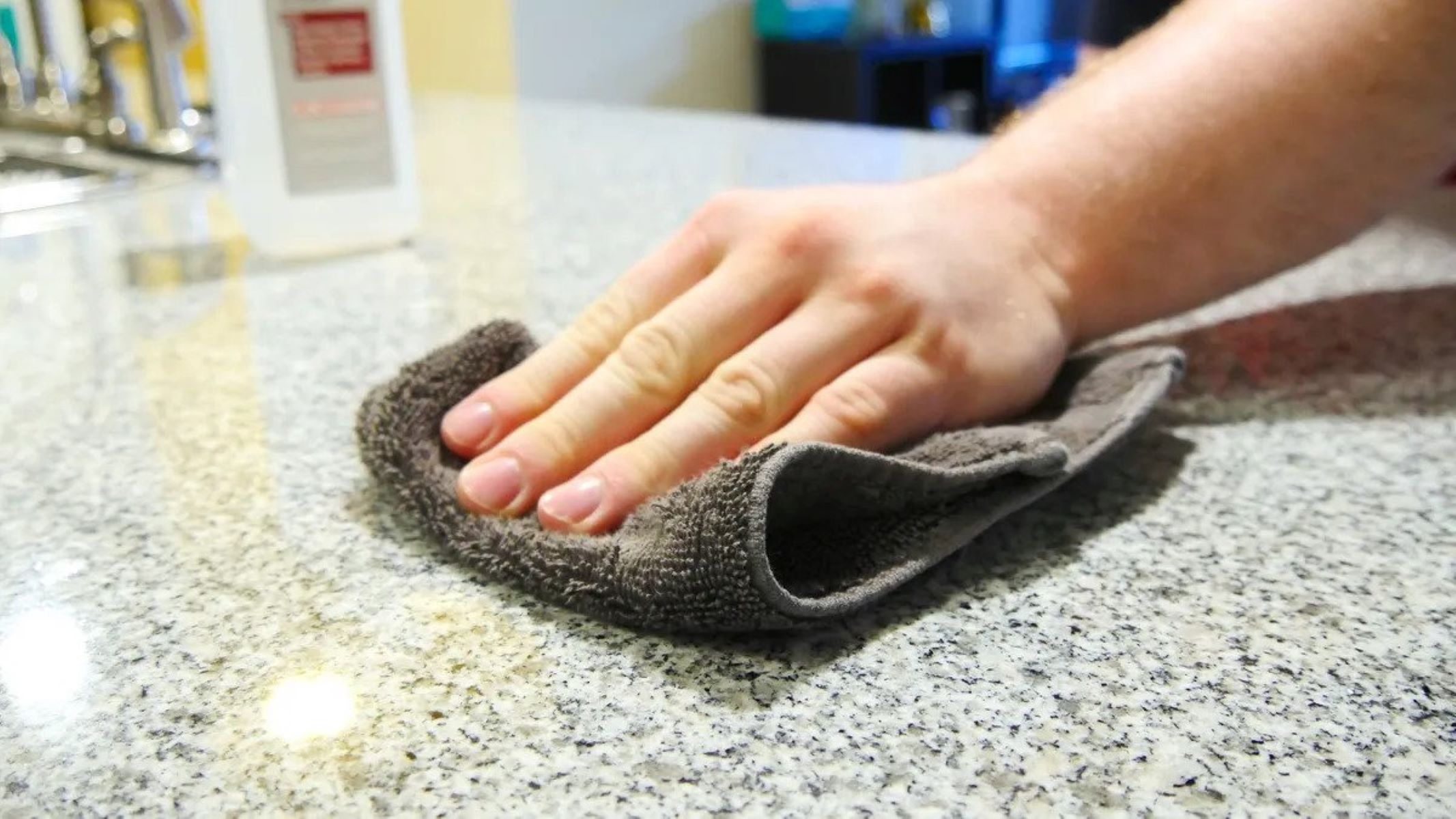
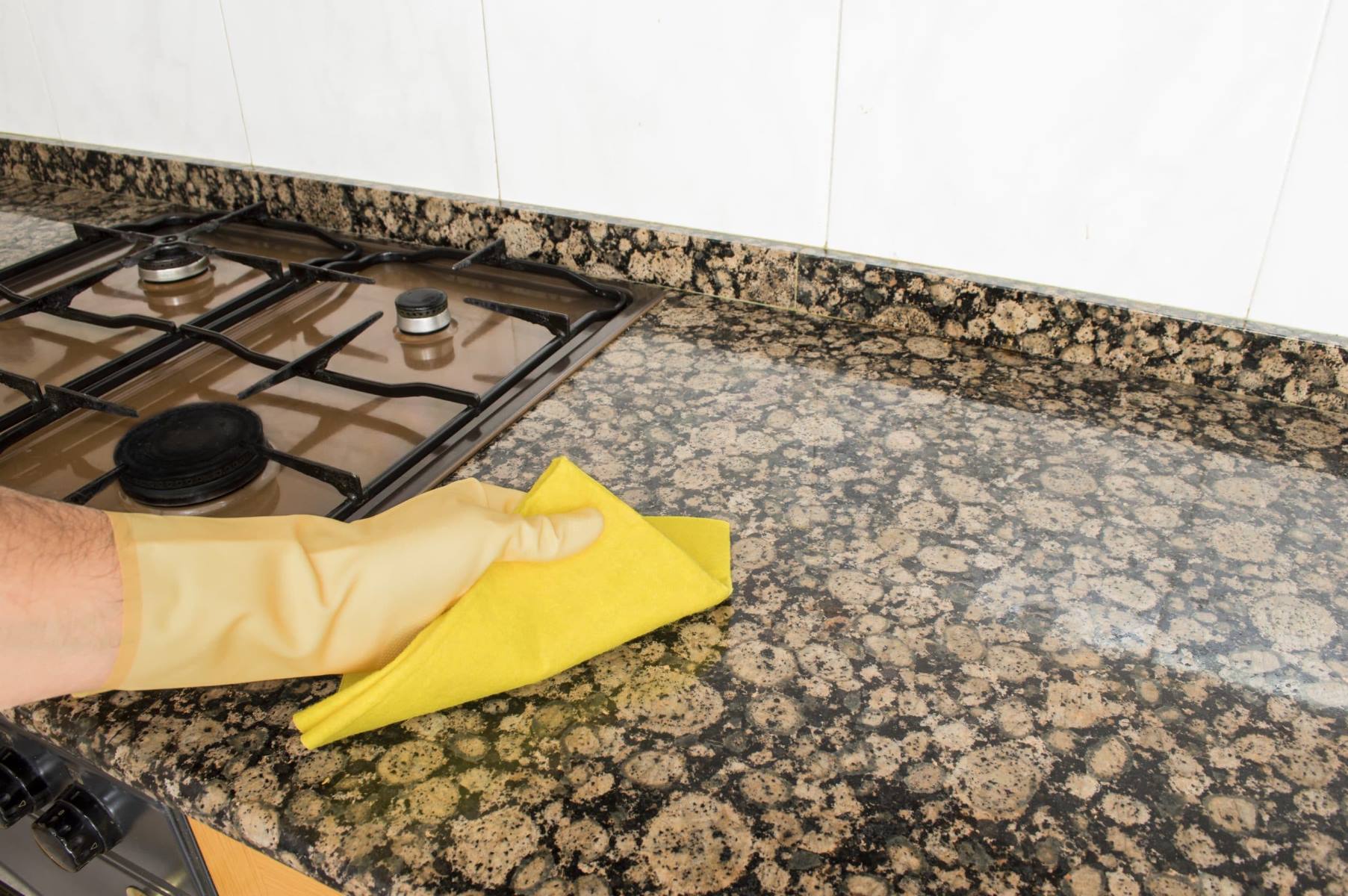
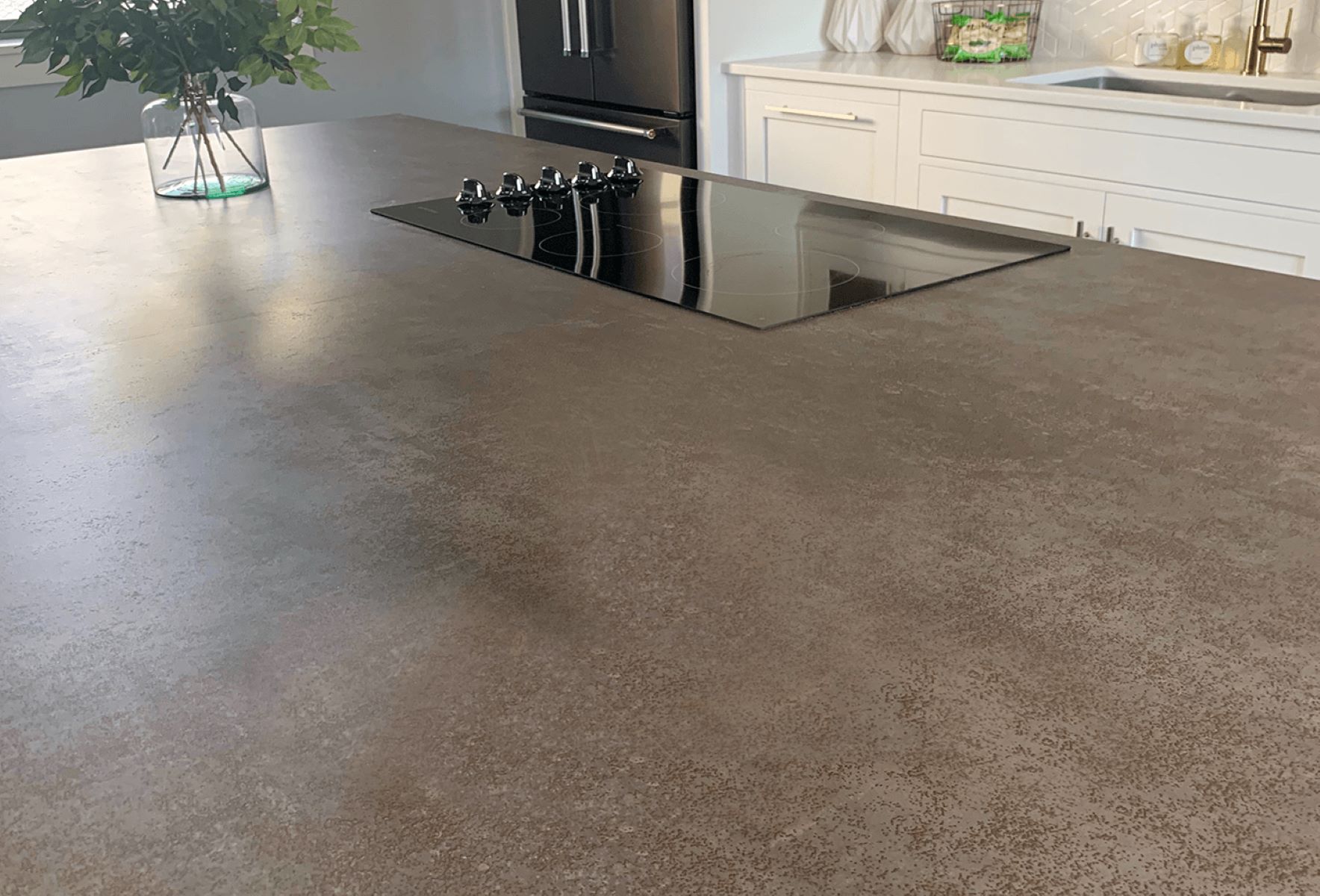
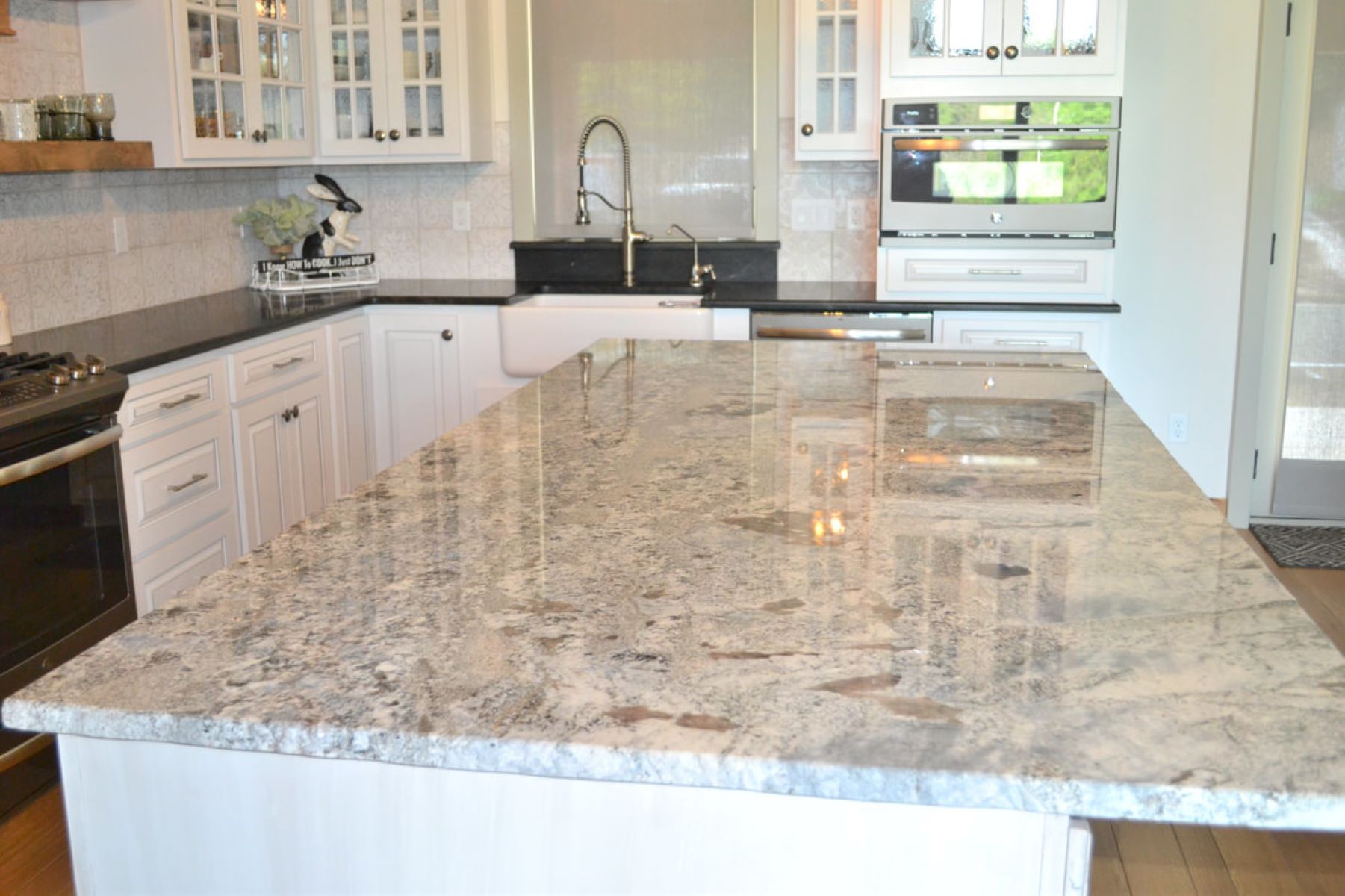
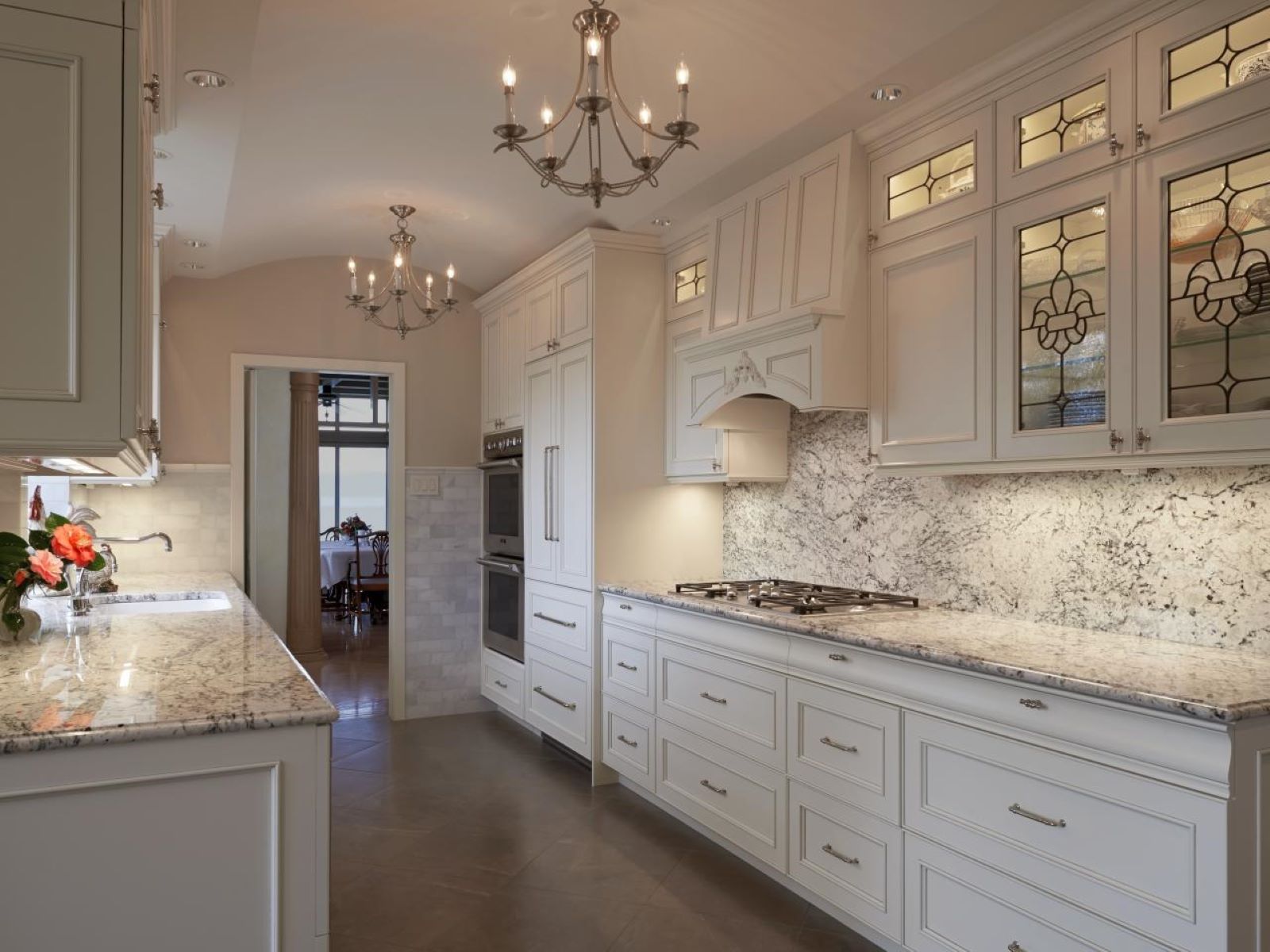

0 thoughts on “How To Choose Granite Countertops”